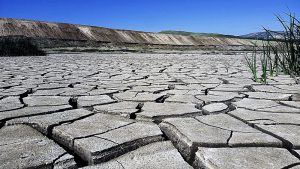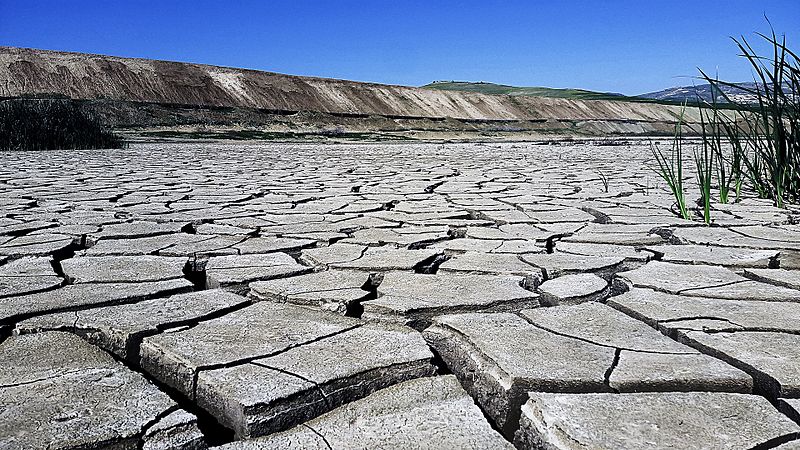Research sponsored by global credit ratings agency Moody’s concludes that by the end of century, parts of the US and Europe are now bound to experience severe reductions in rainfall equivalent to the American ‘dust bowl’ of the 1930s, which devastated Midwest farming for a decade.
These consequences are now ‘locked in’ as a consequence of carbon emissions which we have already accumulated into the atmosphere.

But that’s not all. A spate of new scientific research released through 2019 has thrown light on nearer-term risks of a global food crisis in coming decades, such as a multi-breadbasket failure — due not just to climate change, but a combination of factors including population growth, industrial soil degradation, rising energy costs, groundwater depletion, among other trends.
Taken in context with a number of climate change models produced over the last decade, the heightened risk of droughts in the 2020s means that a global food crisis could be imminent. Over 1,700 published climate models examined by the University of Leeds point to the risk of a global food crisis after 2030; and 12 models point to this risk emerging and amplifying in just three years.
None of this research shows that the destructive impacts on human societies are unavoidable. With foresight, planning, mitigation, adaptation and cooperation, it’s possible for us to not simply build resilience to coming crises by minimising disruptions and protecting the vulnerable; but to pave the way for a sustainable food system that can operate as a solution to climate catastrophe.
Read more: Resilience




